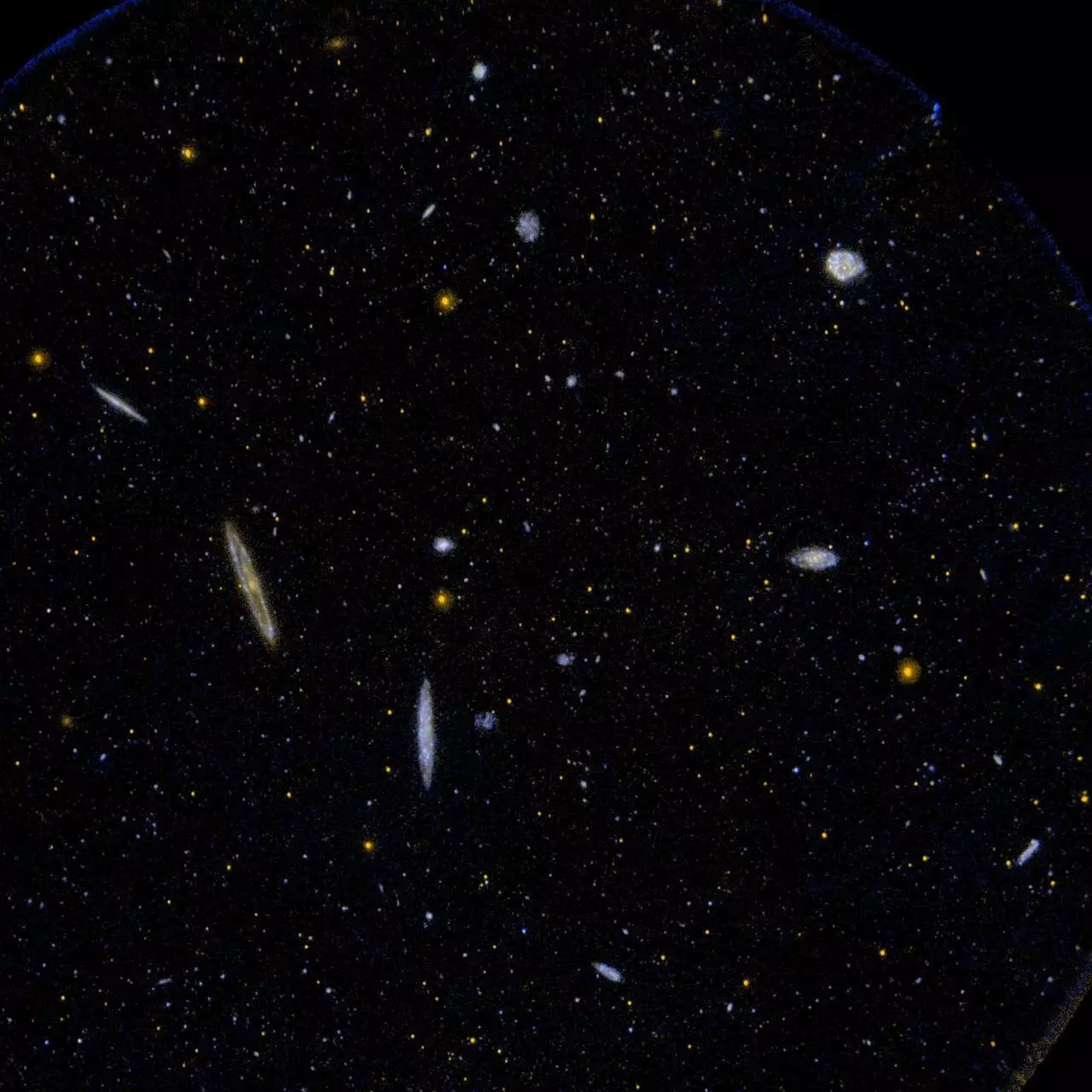The universe is a vast and intricate tapestry filled with mysteries waiting to be unraveled. Recent investigations into the fabric of our cosmos have yielded unexpected results regarding the formation of the universe, prompting scientists to ponder whether current physical theories remain adequate. This exploration has significant implications for educational paradigms surrounding physics across the globe, potentially redefining the foundational concepts taught in classrooms.
A comprehensive study conducted by Southern Methodist University (SMU) in collaboration with three other prestigious institutions has highlighted the critical role of high-performance computing in contemporary astrophysical research. Utilizing data from the Dark Energy Spectroscopic Instrument (DESI), researchers have produced remarkably detailed insights into the universe’s structure. This combination of advanced technology and theoretical physics enables scientists to revisit fundamental principles, raising critical questions about the governing laws of the cosmos.
Joel Meyers, an associate professor of physics at SMU, emphasizes the significance of these findings: “The data from DESI combined with existing information offers the most precise cosmic measurements we’ve encountered. The revelations challenge our previous expectations and compel us to investigate the underlying reasons.” This statement underscores the transformative potential of these discoveries for modern physics.
DESI’s mission involves constructing the largest and most accurate three-dimensional map of the cosmos. By correlating data from baryonic acoustic oscillations with insights obtained from the cosmic microwave background—the remnant radiation from the Big Bang—scientists can derive the absolute mass scale of neutrinos. These elusive particles, despite being among the most abundant entities in the universe, remain shrouded in mystery. Gaining clarity on neutrino mass is essential for understanding how matter has evolved and clustered throughout cosmic history.
Throughout various epochs, neutrinos have played a pivotal role in the formation and growth of cosmic structures, such as galaxy clusters. Traditionally, it was thought that the mass of neutrinos inhibited the clustering of matter, promoting a smoother distribution across the universe. However, recent findings suggest the opposite: matter appears to be clumped more densely than previously anticipated.
The implications of these surprising findings are profound. The emergent scenario contrasts sharply with established theories, creating an environment ripe for re-evaluation of long-held beliefs. Meyers notes, “The unexpected enhancement in matter clustering may indicate either inaccuracies in current measurements or hint at novel physics beyond the traditional framework.”
The Standard Model of particle physics, which has served as the cornerstone of our understanding for decades, might require updates rather than wholesale abandonment. Therefore, examining remedies for the discrepancies, including potential modifications to the Standard Model or the introduction of new physical concepts, becomes crucial.
Deciphering these findings is no small feat, and the research community faces challenges ahead in elucidating the nature of the discrepancies. Investigating systematic errors in measurements, refining models, and experimenting with theories will entail years of rigorous scrutiny. Collaborative efforts across various institutions, as shown in the study, demonstrate the united front necessary to navigate these complexities.
The discourse surrounding the uncertainty in cosmological measurements, similar to previous challenges like “the Hubble tension,” highlights a significant gap in our understanding of the universe. Each revelation continues to challenge the status quo, urging both seasoned researchers and students to remain open-minded toward new paradigms and interpretations.
The intersection of advanced research and the enigmatic nature of neutrinos invites us to contemplate the future of physics education and research. As scientists grapple with these crucial questions about the universe’s formation and its governing principles, exciting opportunities lie ahead. We stand at a crossroads, where the potential for revolutionary changes in our understanding of the cosmos awaits exploration and discovery. This ongoing inquiry will not only illuminate the celestial mysteries but also inspire a new generation of physicists eager to account for the complexities that shape our universe.

